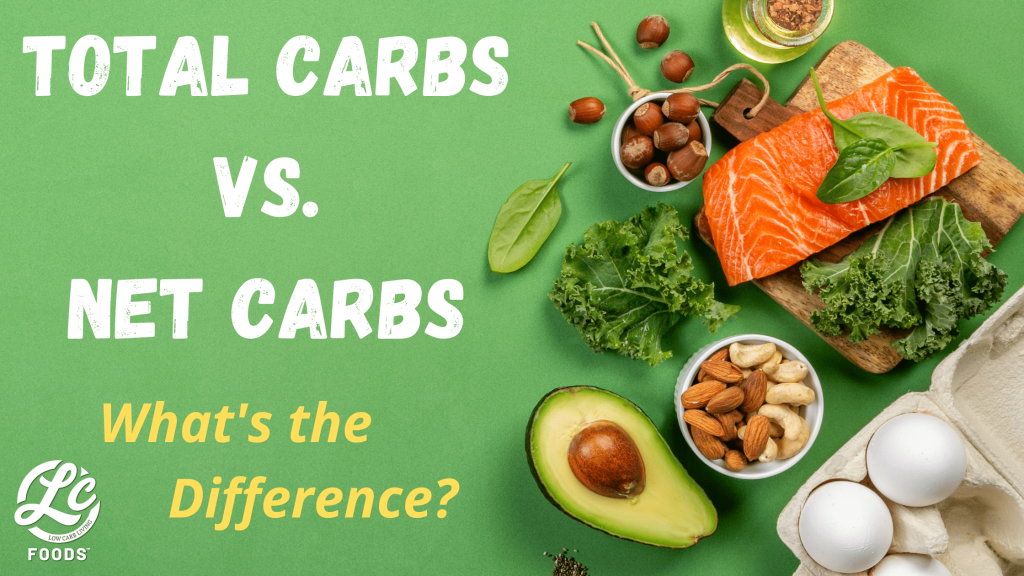
Why in the world is the US and Canada different from the rest of the world in reporting Carbs?
Fiber is just what it sounds like — fibrous, rough and strong. For this reason, digestive enzymes can’t easily break it into simpler carbohydrates. This makes fiber difficult to absorb and digest. Your body passes what it can’t digest through the gastrointestinal system, adding bulk without calories. Because fiber doesn’t absorb like other carbohydrates, don’t count it in your overall intake of carbohydrate. Simply put, what doesn’t absorb doesn’t count. For this reason, many people pay closer attention to their food’s net carbohydrate — the food’s total grams of carbohydrate minus grams of fiber.
Fiber is a type of carbohydrate that the body can’t digest. Though most carbohydrates are broken down into sugar molecules, fiber cannot be broken down into sugar molecules, and instead it passes through the body undigested.
If you’re watching your carbohydrate intake, it’s the net carbohydrate, not total carbohydrate, that has the potential to increase your blood sugar and be utilized by your body. Since your body doesn’t digest and metabolize fiber like other carbohydrates, you can subtract the grams of fiber lumped into the overall carbohydrate count on food labels. That means a higher-carbohydrate food that’s chock-full of fiber might not be a bad choice. In fact, fiber helps slow down the absorption of the simple sugars you’re trying to avoid.
